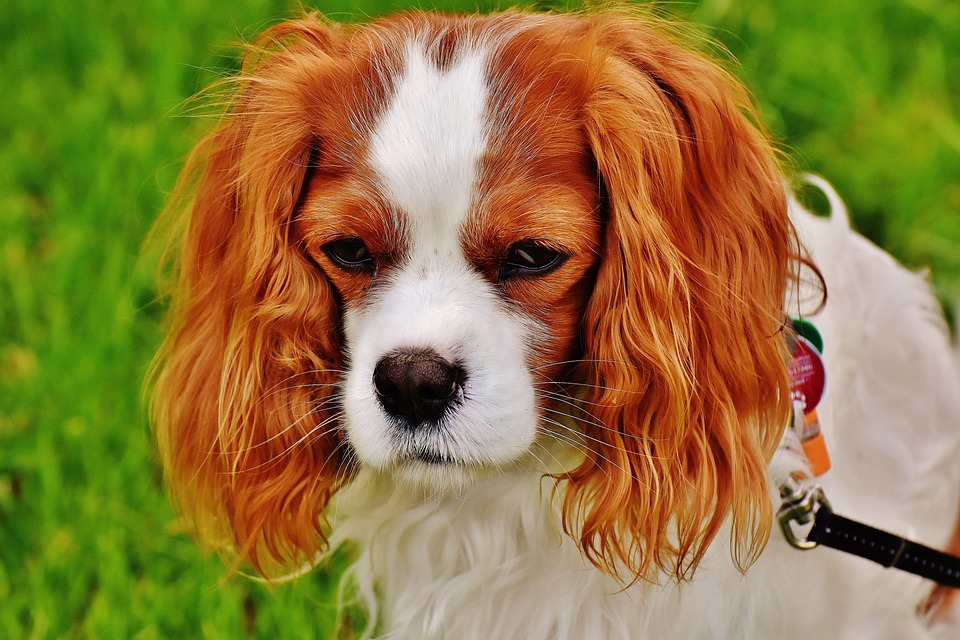Mastering Dog Training Techniques: Teaching Your Canine Companion to Stay Calm around Skateboarders and Rollerbladers
Introduction:
As a dog owner, you may have experienced the challenge of keeping your furry friend calm when encountering skateboarders or rollerbladers during walks or outings. This article will provide valuable insights, tips, and training techniques to help your dog stay composed and avoid reacting to these fast-moving wheeled enthusiasts. By following these guidelines, you can strengthen the bond between you and your canine companion while ensuring a safe and enjoyable experience for everyone involved.
I. Understanding the Behavior: Why Do Dogs React to Skateboarders and Rollerbladers?
To effectively train your dog to remain calm around skateboarders and rollerbladers, it is crucial to comprehend the underlying reasons behind their reactive behavior. Understanding the root causes will allow you to tailor your training approach accordingly.
II. The Importance of Proper Training: How to Begin
Before diving into specific training techniques, it’s essential to emphasize the significance of consistent and positive reinforcement training methods. A well-trained dog is more likely to remain composed in various situations, including encounters with skateboarders and rollerbladers.
III. Step-by-Step Training Techniques
In this section, we will outline a proven training approach that gradually desensitizes your dog to the presence of skateboarders and rollerbladers. Remember, patience, consistency, and positive reinforcement are key elements throughout the training process.
1. Start with Basic Obedience Training: Before tackling the issue of skateboarders and rollerbladers, ensure your dog has a solid foundation in essential commands such as “sit,” “stay,” and “leave it.”
2. Create Controlled Exposure: Begin training in a controlled environment where you can simulate encounters with skateboarders and rollerbladers safely. This controlled exposure gradually introduces your dog to the stimuli, minimizing their reactive response.
3. Positive Reinforcement: Reward your dog for calm behavior and non-reaction when encountering skateboarders or rollerbladers. Use treats, praise, and affection to reinforce the desired response and create positive associations.
4. Gradual Exposure: Slowly increase the level of exposure to skateboarders and rollerbladers over time. Start with greater distances and gradually decrease the gap while monitoring your dog’s reactions closely.
5. Redirect Focus: Teach your dog to focus on you instead of fixating on passing skateboarders or rollerbladers. Utilize attention-commanding techniques like “watch me” or “focus” to redirect their attention and reinforce obedience.
6. Incorporate Desensitization Techniques: Introduce your dog to skateboards or rollerblades in a controlled setting, allowing them to become comfortable with the objects’ presence. Gradually increase exposure by incorporating movement and sounds associated with these activities.
FAQs (Frequently Asked Questions)
1. Q: Can any dog be trained to stay calm around skateboarders and rollerbladers?
A: Yes, with proper training and consistent effort, most dogs can be taught to remain calm in the presence of skateboarders and rollerbladers. However, some dogs may require more time and patience due to their breed predispositions or past experiences.
2. Q: How long does it typically take to train a dog not to react to skateboarders or rollerbladers?
A: The duration of training can vary depending on factors such as your dog’s temperament, past experiences, and the consistency of training. It can take a few weeks to several months to achieve significant progress. Remember, each dog is unique, and patience is crucial.
3. Q: What if my dog’s reactive behavior persists despite training efforts?
A: If your dog’s reactive behavior persists or escalates, seeking guidance from a professional dog trainer or animal behaviorist is recommended. They can assess the situation and provide personalized training techniques suited to your dog’s specific needs.
4. Q: Are there any additional precautions I should take while training my dog around skateboarders and rollerbladers?
A: Ensuring your dog’s safety is paramount throughout the training process. Keep your dog leashed during training sessions and gradually increase proximity only when you’re confident in their progress. Additionally, always prioritize the safety of both your dog and the skateboarder or rollerblader.
Conclusion:
Training your dog not to react to skateboarders and rollerbladers requires patience, consistency, and positive reinforcement. By understanding the underlying behavior and following the step-by-step training techniques outlined in this article, you can teach your furry friend to remain calm and composed in the presence of these wheeled enthusiasts. Remember, training takes time, so be persistent and celebrate every small milestone achieved along the way. Happy training!









